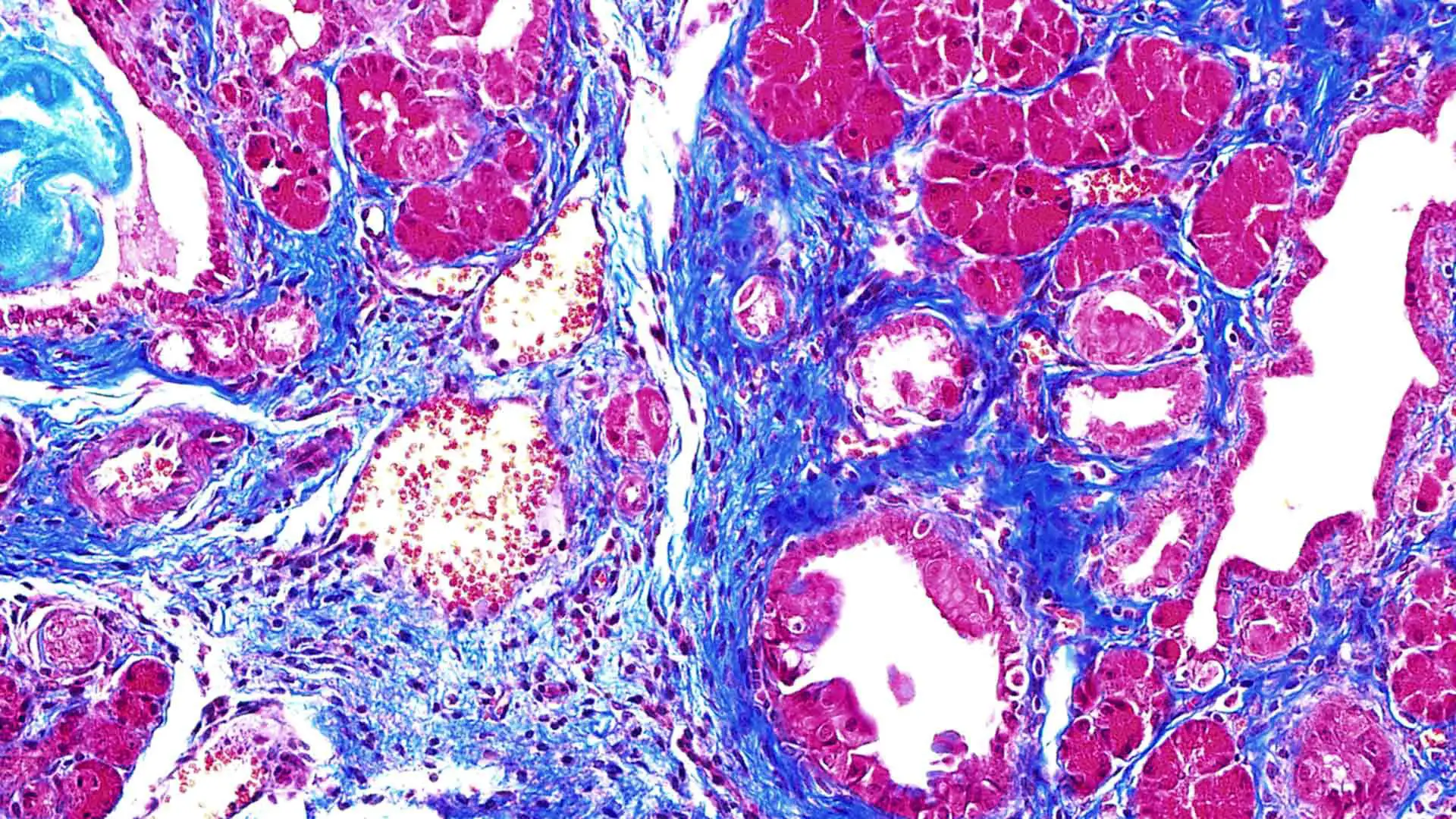Summary of This Killer Protein Causes Pancreatic Cancer:
Researchers at the Cold Spring Harbor Laboratory have discovered that the protein SRSF1 plays a critical role in developing pancreatic ductal adenocarcinoma (PDAC), a deadly form of pancreatic cancer. High levels of SRSF1 cause inflammation and stimulate tumor growth, while restoring normal levels halts the disease’s progress. This discovery could pave the way for new diagnostic methods and treatments for PDAC, which are often found too late for effective treatment. PDAC is the most common form of pancreatic cancer and one of the deadliest, with more than 90% of patients dying within five years of diagnosis.
*****
Protein SRSF1 Identified as Critical Regulator of Deadly Pancreatic Cancer
Pancreatic ductal adenocarcinoma (PDAC) is one of the deadliest forms of cancer, with more than 90% of patients succumbing to the disease within five years of diagnosis. But Cold Spring Harbor Laboratory researchers have identified a potential diagnostic method and treatment option for PDAC by targeting a protein called SRSF1.
The Role of SRSF1 in PDAC Development
SRSF1 is a protein that regulates RNA splicing, which helps deliver genetic instructions to cells for protein production. In the pancreas, high levels of SRSF1 lead to inflammation and pancreatitis, a condition that accelerates PDAC development. In a study published in Cancer Discovery, researchers found that tumor growth halted when SRSF1 levels returned to normal.
Diagnostic and Treatment Implications
This discovery is crucial for developing new diagnostic methods and treatments for PDAC. By targeting SRSF1, medical professionals could halt tumor growth and prevent further inflammation. However, SRSF1 may not be an ideal drug target due to its importance in healthy tissue. Instead, researchers hope to target splicing changes promoted by SRSF1.
The Importance of Understanding PDAC Mechanisms
PDAC is often discovered too late for current treatments like chemotherapy and surgery to be effective. By clearly understanding the genetic mechanisms behind PDAC development, researchers hope to discover early diagnosis and new treatment methods.
Next Steps for Pancreas and Breast Cancer Research
This discovery is spearheaded by Ledong Wan, who collaborated with David Tuveson to explore the role of RNA splicing in pancreatic cancer. Other researchers, including David Spector and Christopher Vakoc, are also exploring pancreas and breast cancer as part of a broader effort to understand these deadly malignancies. The Krainer lab’s work in exploring the role of SRSF1 in PDAC is considered paradigm-shifting and a significant step forward in understanding the mechanisms behind this deadly form of cancer.
Conclusion
PDAC is a complex and complicated malignancy, so discoveries in understanding its mechanisms are crucial for developing new diagnostic and treatment options. By zeroing in on the role of SRSF1 in PDAC development, researchers have taken a crucial first step in developing new ways to combat this deadly disease.


